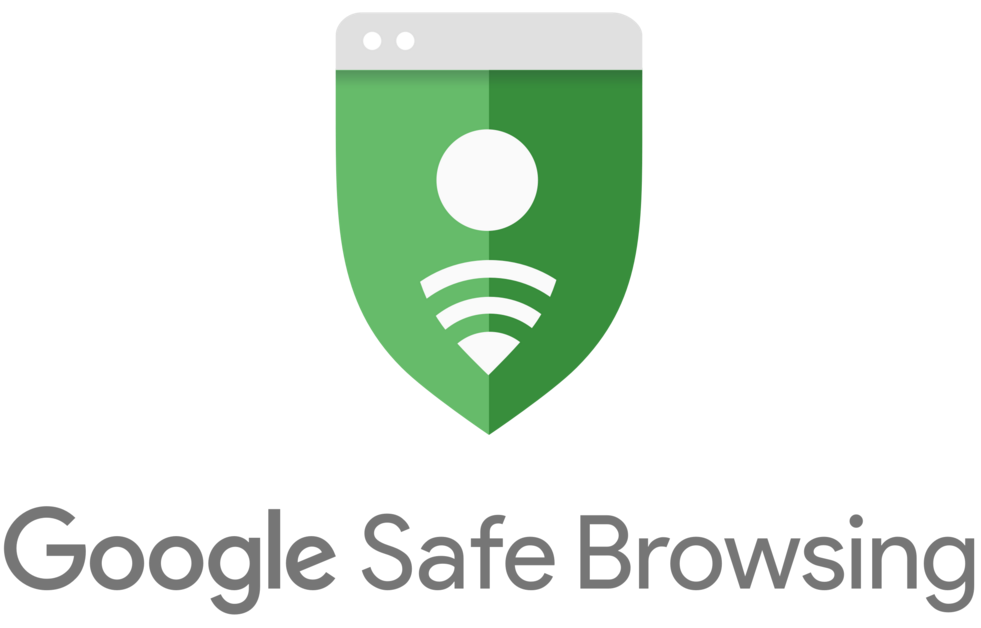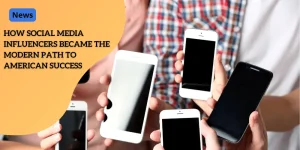NYC Subway’s Digital Revolution: MetroCard Sales to End in 2025 as OMNY Takes Over

Anúncios
MetroCard’s 30-Year History
Introduced in 1994, the MetroCard has been a staple in the lives of New York City commuters for nearly three decades.
Its iconic blue and yellow design became a symbol of the city’s extensive subway and bus system.
Anúncios
Over the years, the MetroCard offered various options, including pay-per-ride, unlimited-ride, and reduced-fare cards, adapting to the diverse needs of millions of passengers.

Anúncios
Accelerated Phase-Out Plan
Recently, the Metropolitan Transportation Authority (MTA) announced an accelerated plan to phase out the MetroCard, moving the end date for sales and refills to 2025, two years earlier than initially planned.
By December 31, 2025, the MTA will cease distribution and reloading of MetroCards, pushing New Yorkers to quickly transition to the modern OMNY system.
The countdown for this transition has officially begun, urging commuters to adapt to the new digital payment methods.
Existing MetroCards Usable Until 2027
Despite the halt in new MetroCard sales and refills by the end of 2025, there’s no need to panic if you still have funds on your MetroCard.
Existing MetroCards can be used for fare payment until 2027. This buffer period gives commuters ample time to switch to OMNY while exhausting their remaining MetroCard balances.
So, make sure to plan your transition in advance to avoid any last-minute inconveniences.
Outgoing, but not forgotten, the MetroCard’s legacy will live on as NYC moves towards a more modern and efficient transit payment system.
The switch to OMNY signifies a critical step in the city’s effort to align with global digital trends, ensuring a smoother, more streamlined experience for every commuter.
Introducing OMNY: The Future of NYC Transit Payment
As the MetroCard era draws to a close, New York City’s Metropolitan Transportation Authority (MTA) is ushering in a new age of digital convenience with OMNY (One Metro New York).
Launched in 2019, OMNY represents a significant upgrade from the traditional MetroCard, making the transit experience smoother and more efficient for millions of daily commuters.
Tap-and-Go Simplicity
At the heart of OMNY’s functionality is its tap-and-go system. Unlike MetroCards, which required swiping, OMNY allows passengers to effortlessly tap to pay.
This tap-and-go feature has been implemented with contactless payment options in mind, including:
- Contactless Credit and Debit Cards 💳: Commuters can use their existing credit or debit cards to pay their fare by simply tapping at the OMNY readers located in subway stations and on buses.
- Smartphones 📱: With the proliferation of digital wallets, passengers can now use their smartphones to tap and pay through services like Apple Pay, Google Pay, and Samsung Pay.
- Smartwatches ⌚: Similarly, wearable technology such as Apple Watches and other compatible smartwatches can be used to tap and pay, making the process even more convenient for tech-savvy commuters.
This array of payment options ensures that regardless of the device or card you carry, accessing New York City’s public transit system has never been easier.
System-Wide Availability
One of OMNY’s most impressive achievements is its comprehensive coverage. Since its rollout, the system has expanded to be available across all subway stations 🚇 and city buses 🚌.
This means that no matter where you enter the NYC transit system, OMNY is there to facilitate your travel seamlessly.
By making the technology universally accessible, the MTA has taken a huge step forward in modernizing NYC’s transit payment infrastructure.
The implementation of OMNY aligns with broader trends toward digitization 💻 in public transport systems worldwide.
This modernization not only caters to the needs of today’s commuters but also positions NYC’s transit system at the forefront of global transportation innovation 🚀.
As passengers make the transition to OMNY, understanding the benefits and adopting new payment habits will be essential.
However, the MTA has designed the system to be intuitive and user-friendly, ensuring a smooth digital transformation for all.
Would you like more details on how this change will affect riders or how to transition to these new forms of payment? Let’s keep exploring how the future of NYC transit is set to impact our daily commutes. 🌟
Benefits of the Digital Transition
The shift to OMNY brings a slew of benefits, transforming the NYC transit system into a more modern, efficient, and commuter-friendly experience.
Streamlined Payment Process for Commuters
With OMNY’s tap-and-go system, commuters will experience a faster and more seamless payment process. Instead of fumbling for a MetroCard, passengers can simply use their contactless credit or debit card, smartphone, or smartwatch to quickly tap and enter.
This change drastically reduces wait times at entry points, making the commute less stressful and more efficient.
By offering multiple payment methods that most people already carry, OMNY makes it easier for everyone to travel without the need for an additional transit card.
Reduced Operational Costs
One of the significant advantages of phasing out MetroCards is the reduction in operational costs.
The maintenance and replenishment of MetroCard vending machines come with considerable expenses.
These machines require regular upkeep, including repairs and refills, which can be both time-consuming and costly.
By eliminating the need for these machines, the MTA can save on these operational costs and redirect those funds towards improving other parts of the transit system. It’s a win-win situation for both the agency and the commuters.
Modernization of NYC’s Transit Payment Infrastructure
MetroCards have served New York City well for nearly 30 years, but technological advancements have made them obsolete.
The switch to OMNY represents a step forward in modernizing the city’s transit payment infrastructure.
OMNY integrates with current technologies, aligning New York City with global standards in public transportation.
The new system showcases a commitment to innovation, making the transit experience more aligned with the digital age.
This modernization effort is part of a broader trend towards the use of digital solutions in transit systems worldwide, enhancing overall efficiency and user convenience.
As the MetroCard era comes to a close, NYC’s transit system is stepping into a new age of digital payments, bringing with it improved experiences for millions of daily users.
This evolution is not only about making things easier for commuters but also ensuring that the city’s transit infrastructure remains robust and forward-thinking.
Historical Context: From Tokens to Tap
The evolution of NYC transit payment methods has seen significant technological advancements.
Back in the day, navigating the subway involved using metal tokens.
This changed dramatically in 1994 with the introduction of the MetroCard, a more efficient and universal fare payment method that phased out tokens by 2003.
A Nostalgic Look at Tokens
Before the MetroCard era, a trip to the subway meant flipping through a pocketful of tokens.
These small, round objects were symbolic of NYC commuting for decades. Tokens had their charm but also their problems.
They were prone to being lost, difficult to count for MTA workers, and sometimes even prone to fraud.
The Emergence of MetroCards
The introduction of MetroCards in 1994 marked the beginning of a new chapter for NYC transit.
The MetroCard system allowed riders to seamlessly load and reload balance onto a single card, making trips quicker and more convenient.
By 2003, tokens were completely phased out in favor of the swipe-and-go convenience of MetroCards.
MetroCards also introduced a range of benefits, like unlimited ride options and easier transfers, which greatly improved the commuting experience.
They represented a huge leap forward in transit technology at the time, streamlining operations and cutting costs for the Metropolitan Transportation Authority (MTA).
Transition to Digital: The Growing Trend
The transition from MetroCards to OMNY is part of a broader trend towards digital solutions in public transportation systems worldwide.
By adopting OMNY’s tap-and-go system, NYC joins many other global cities that have successfully implemented contactless payment options.
This digital leap mirrors the shift from tokens to MetroCards but with even greater technological sophistication and user convenience.
Contactless payments, whether via smart devices or credit/debit cards, represent the future of efficient, reliable, and user-friendly transit systems.
As NYC embraces this digital future, commuters can expect a more seamless and modern transit experience, eliminating many of the limitations once faced with tokens and MetroCards.
This shift signifies not just the end of an era but the dawn of a new, digitally-enhanced commuting landscape.
Switching to OMNY will also provide benefits to the MTA by lowering operational expenses tied to the upkeep and servicing of MetroCard vending machines.
This move further aligns NYC with global digital transit trends, emphasizing efficiency and user convenience.
Embracing the Future of Transit
As we look towards a digital transformation in NYC’s transit system, it’s essential to understand the historical journey from tokens to MetroCards and now to OMNY.
This trajectory of innovation and advancement showcases the city’s dedication to embracing modern technology and enhancing the commuting experience for millions.
Our understanding of this transition provides context for the upcoming changes and prepares us to smoothly adapt to the new system.
Commuters can rest assured that the modernization of NYC’s transit payment infrastructure will make daily travel more straightforward and efficient.
The evolution of NYC transit payment methods continues, paving the way for a smarter, more connected city travel experience.
What Commuters Need to Know
Timeline for MetroCard Phase-Out and OMNY Adoption
NYC’s transit system is undergoing a digital transformation, and as a commuter, it’s crucial to stay updated on the timeline for this transition.
The Metropolitan Transportation Authority (MTA) has stated that by late 2025, it will discontinue sales and refills of the classic MetroCard.
This is an expedited timeline, moving up from the original plan for 2027. However, don’t worry if you still have funds on your MetroCard after this date.
You will be able to use your existing MetroCards until some time in 2027.
How to Transition from MetroCard to OMNY System
Switching from the MetroCard to the OMNY (One Metro New York) system is designed to be seamless and convenient. Here’s what you need to know to make the transition:
| Step | Description |
|---|---|
| 1. Familiarize Yourself with OMNY | OMNY is a tap-and-go system, introduced in 2019, that allows you to pay using contactless credit/debit cards, smartphones, and smartwatches. |
| 2. Get an OMNY Card | You can purchase an OMNY card at various retail locations or online. These cards function similarly to the old MetroCards but are equipped with the latest technology for tap payments. |
| 3. Set Up Auto-Reload | To ensure that you never run out of funds, you can set up an auto-reload feature online or via the OMNY app, which will automatically add value to your card when it’s running low. |
Options for Purchasing and Reloading OMNY Cards
Navigating the options for buying and reloading OMNY cards is straightforward. Here’s how you can do it:
- Aqui está o texto com os emojis adicionados:
- 🏬 Retail Locations: Many convenience stores, pharmacies, and transit hubs will sell OMNY cards. You can visit these locations to buy new cards and reload existing ones.
- 💻 Online: You can purchase OMNY cards from the official OMNY website. This is also where you can set up your online account for managing your card and setting up auto-reload.
- 📱 Mobile App: Download the OMNY app to your smartphone. The app allows you to purchase cards, check your balance, and add funds with just a few taps.
The transition from MetroCard to OMNY marks a significant leap towards a more efficient, modern, and user-friendly public transit system in NYC.
Staying informed on how to adapt will make your daily commute smoother and more convenient.
Next in our exploration of NYC’s transit system evolution, we will delve into…







